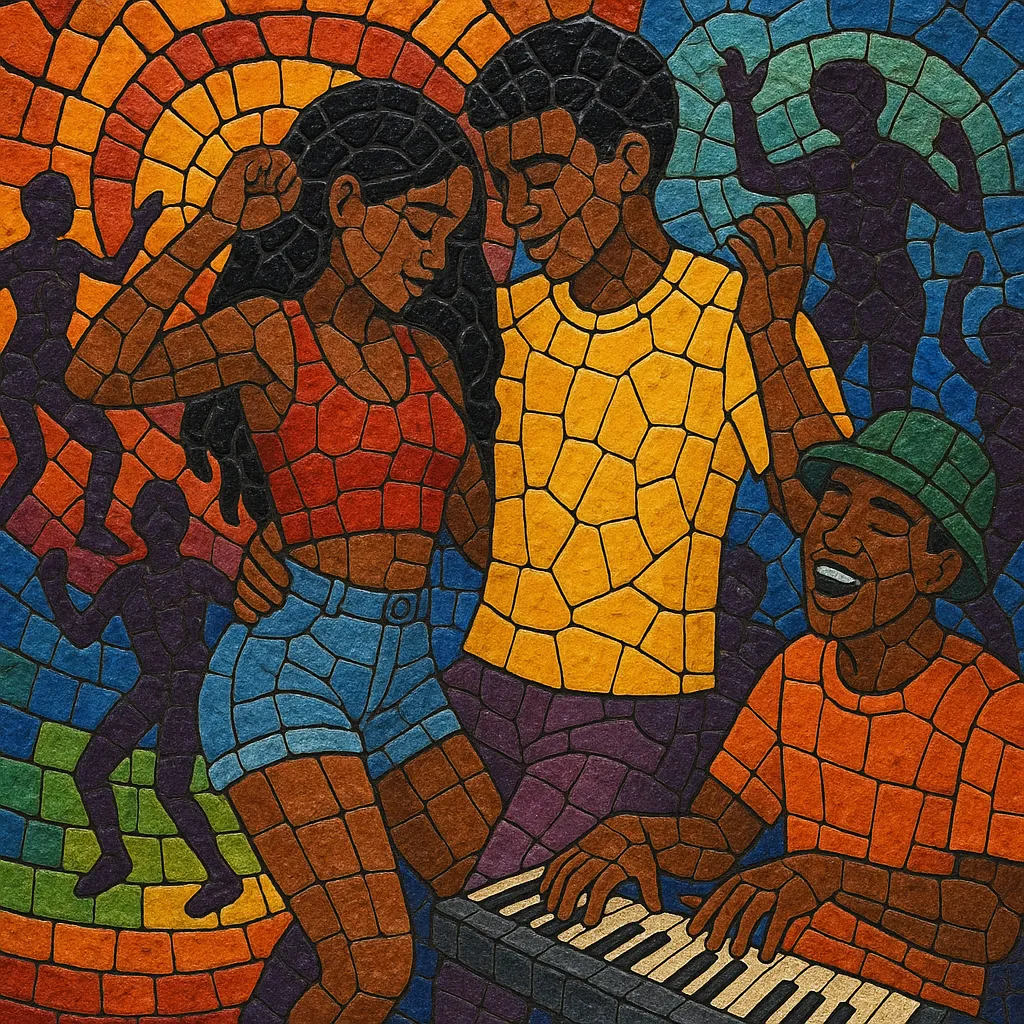Brega funk is a contemporary Brazilian dance genre that blends the romantic melodic sensibility of northeastern "brega" with the percussive drive of funk carioca and dembow/reggaeton rhythms.
Born in Recife and neighboring cities in Pernambuco, it is characterized by syncopated, swinging drum patterns at moderate tempos, bright synth hooks, playful vocal chops, and lyrics that alternate between flirtatious fun and sentimental love themes. The sound is optimized for neighborhood parties and viral dance challenges (passinho do brega funk), with frequent beat stops and drops that highlight choreographic moves.
Brega funk emerged in the late 2000s and consolidated during the 2010s in Recife, Pernambuco, where long-standing local brega traditions intersected with Brazil’s nationwide funk scene. Producers adapted the tamborzão and other funk carioca drum ideas to slower, dembow-like grooves and paired them with the melodic storytelling and sentimental tone common in regional brega.
Through YouTube, Facebook pages, and WhatsApp circulation, tracks and dance clips spread quickly across the Northeast. The genre’s national profile rose notably in the second half of the 2010s, as acts from Recife began charting viral hits. In 2018, MC Loma e as Gêmeas Lacração’s “Envolvimento” became a watershed moment, exposing brega funk’s sound and dance style to all of Brazil.
By 2019–2020, brega funk sonics were routinely incorporated by mainstream Brazilian pop and funk artists, generating collaborations with high-profile producers and MCs. The signature swing pattern, dramatic percussion stops (paradinhas), and catchy synth riffs proved ideal for social-media choreography, reinforcing the genre’s presence in national charts and playlists.
Today, brega funk remains anchored in Pernambuco’s scene while influencing adjacent Brazilian styles and pop production. Producers continue to refine hybrid drum kits, experiment with vocal chops and autotune, and fuse the style with trap, pop, and regional subgenres, ensuring continual renewal and cross-genre appeal.


